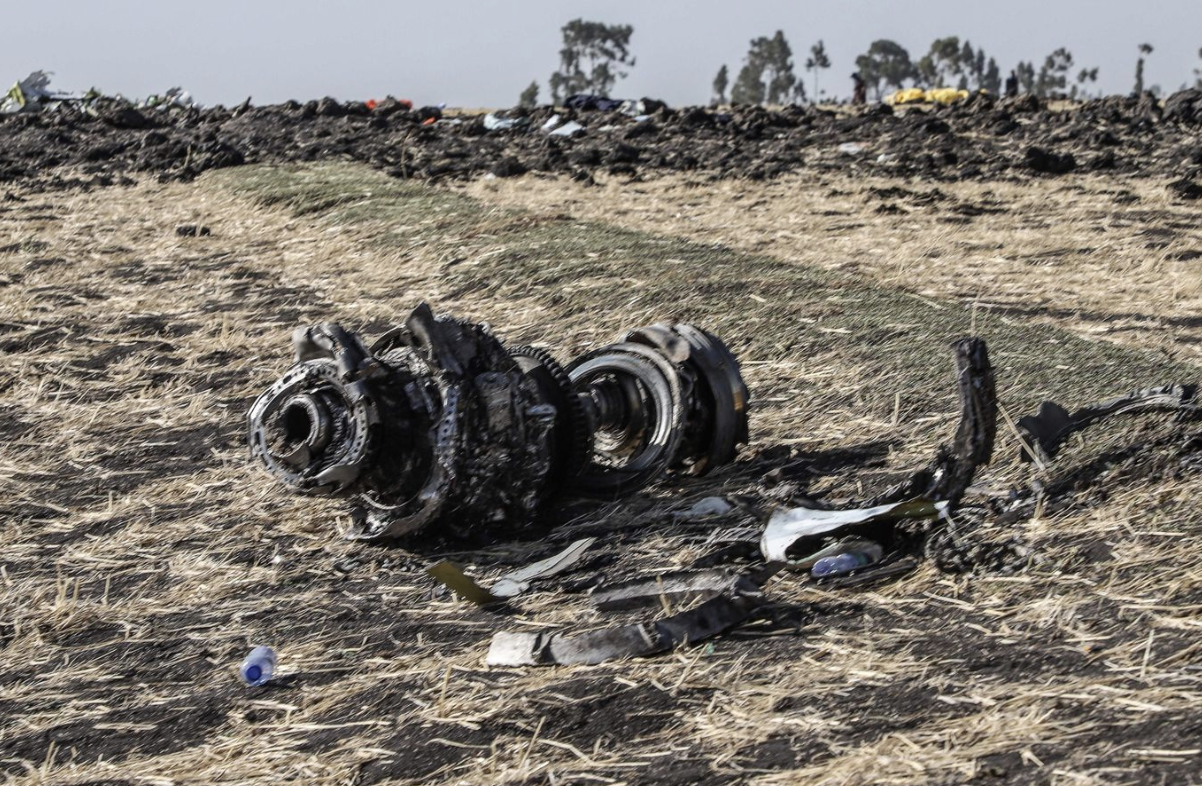Now that air-traffic security experts have had some time to peruse Ethiopian Airlines preliminary report on the deadly crash of flight EET302, a few are coming forward to dispute its central claim: Namely, that the pilots followed the manufacturer’s safety protocols and did everything in their power to right the plane, but were unable to counteract the automated MCAS system, which effectively doomed everybody on the flight.
Though the report acknowledged that the pilots abandoned the safety procedures after they failed to wrest power back from MCAS, Roger Cox, a former accident investigator at the National Transportation Safety Board, who has flown earlier models of the 737, said the two pilots made one critical oversight: They left the engines set to maximum thrust, Bloomberg reports.
“The thrust was full bore the whole way,” said Roger Cox, a former accident investigator at the National Transportation Safety Board, who flew earlier models of the 737 while working as an airline pilot. “That is extremely curious.”
Ethiopian Transport Minister Dagmawit Moges said in a press conference Thursday that the pilots followed proper procedures issued after the October crash of a Lion Air jet, and EA CEO Tewolde Gebremariam defended the pilots during an interview on CNN, saying they did everything they were expected to do, and then some.
But Cox said the plane’s high speed made it impossible to recover during the final seconds of the crash as it spiraled toward the ground. Another former FAA director blamed the pilots for aggravating the situation.
At near-maximum thrust, the plane became more difficult to fly, multiplying the problems created by the flaw in the 737 Max’s software, according to pilots who reviewed a preliminary report issued Thursday by Ethiopia’s Aircraft Accident Investigation Bureau. High speed also made it impossible to recover in the final seconds when the plane’s nose pointed downward into their final, high-speed dive.
“They exacerbated it,” said Jeffrey Guzzetti, the former director of the FAA’s Accident Investigation Division.
Still, there’s no question that an erroneous reading from a faulty sensor set the tragedy in motion by incorrectly initiating MCAS with a warning about an impending stall.
Sensors in the aircraft that report how high its nose is pointed relative to oncoming air varied by almost 60 degrees. One of the “angle-of-attack” gauges read 15.3 degrees, likely an accurate reading for a plane taking off. The other erroneously read 74.5 degrees – which would suggest a plane pointing almost straight skyward.
Other pilots disagreed with the report’s main conclusion, saying the pilots had actually failed to follow the procedures, likely a factor of the chaotic situation inside the cockpit.
Pilots interviewed by Bloomberg didn’t agree completely about the factors.
Some took issue with Ethiopia’s transport minister, saying the Ethiopian Airlines pilots had actually failed to properly follow the procedures. Other pilots said the flight crew’s actions were understandable given the chaotic situation.
All of the pilots interviewed by BBG agreed that the failure to pull back on the throttle was critical, and eventually made it impossible for the pilots to pull the plane’s nose back up manually.
The plane took off at 94 percent of full power, according to the report. That is normal for liftoff, but pilots then typically pull back the power soon afterward. Even though the captain called for setting the speed at 238 knots, or 274 miles per hour, about a minute after takeoff, the engine thrust remained at the same level for the entire short flight, according to the report.
Before it picked up speed in its final dive, the plane was flying as fast as 365 knots, or 420 miles an hour – almost twice the usual top speed at that low altitude. In addition to the multiple warnings prompted by the MCAS failure, the pilots were also getting audible alerts indicating they had exceeded the safe flying speed, according to the report.
That isn’t to say that Boeing doesn’t need to update its system. Pilots shouldn’t be put in situations where a string of split-second decisions can mean the difference between life or death for everybody on board. Boeing, ultimately, is still culpable for the crash, most agreed.
via ZeroHedge News http://bit.ly/2YR6l4A Tyler Durden
